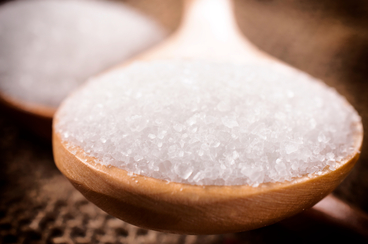
It’s no secret many of us have a taste for salt, but most of us are getting more sodium than we need. While some salt can bring out the flavor in your favorite foods, too much can play a role in high blood pressure. Everyone, including kids, should reduce their sodium intake to less than 2,300 milligrams of sodium a day (about 1 teaspoon of salt). Adults age 51 and older, and individuals with high blood pressure, diabetes, or chronic kidney disease should further reduce their sodium intake to 1,500 mg a day.
Tips for managing sodium consumption
Use the nutrition factors label to compare sodium in packaged foods
- Look for foods labeled “low sodium,” “reduced sodium,” or “no salt added.”
- Buy low-sodium, reduced-sodium, or no-salt-added products.
Look for fresh, frozen or canned vegetables without added sauces or seasonings
- Most of the sodium people eat is found in processed foods--especially cheesy foods, such as pizza, and ready-to-eat foods, like canned chili, ravioli, and soups.
- Fresh, frozen, or canned vegetables without sauces or seasons are low in sodium and full of nutrients that fill you up and keep you satisfied.
Choose fresh or frozen poultry, seafood and lean meats instead of prepared or ready-to-eat products
- Enjoy cured meats, such as bacon, sausage, hot dogs, and deli/ luncheon meats less often and in smaller portions.
Cook at home more often
- When you prepare meals, you are in control of what goes into your food. You can limit the amount of salt that goes into your food.
- Cut back on salt, little by little. Your taste for salt will lessen over time.
- If you’re eating out, pay attention to condiments. Foods like soy sauce, ketchup, pickles, olives, salad dressings, and seasoning packets are high in sodium. Ask for condiments and sauces on the side. This allows you to use less.
Add spices and herbs instead of salt to recipes and dishes
- Learn more about cooking with herbs on the vegetables food group page to get more tips on using spices and herbs when cooking